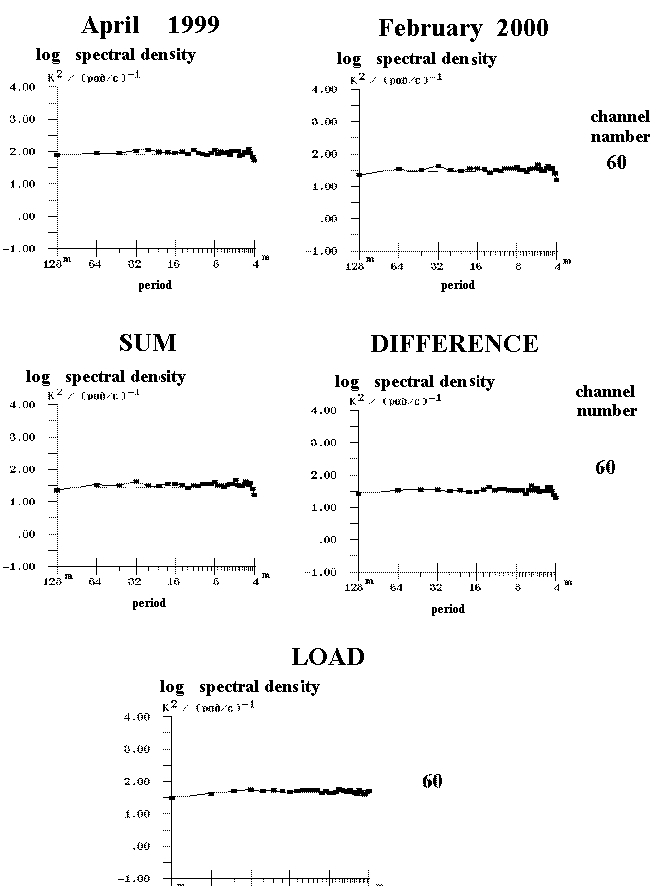|
After recombination of hydrogen the one of probable mechanism
of formation CMBR fluctuations there can be a scattering
by small density inhomogeneities if they have peculiar
velocities and opacity for electromagnetic emission.
Peculiar velocities of various spatial scale are predicted
in all models of evolution.
At the same time, opacity can be caused by the various reasons.
At a stage, when temperature of matter and radiation becomes less
500 - 600 K, opacity can arise as a result of scattering in
molecule lines, if there were various chemical elements, namely:
He, D, Li, C, N, O.
In all these cases is shown essential feature of fluctuations - very
strong frequency dependence of effect.
Search of spectral-spatial fluctuations of cosmic background emission
was carried out with south sector of a radio telescope RATAN-600
at wavelength 6.2 cm in April 1999, February 2000 and February 2001.
For increase the time of accumulation of a signal with our antenna
the drift curves near celestial poles were used at declination +89.5 .
Width of the diagram of the antenna at this height was 45" х 7',
so the source passed horizontal diagram during 343 seconds,
that increase a sensitivity more, than 10 times.
For study of the signal spatial characteristics in each channel
of spectrometer power spectrum of fluctuations were calculated
(squares of amplitudes) on a right ascension with the help of the
FFT code.
The measured spectra of spatial fluctuations look completely flat.
The irregularity of spectra however is appreciable in the spatial
periods about 4' (physical period on record - 32 minutes).
The irregularity is not random, because not only proves by observation
in two different cycles, but also disappears on a spectrum of difference
of signal or at connection instead of antenna the cold matched load.
Comparison of amplitude of an observable spectral detail with modelling
spectra of artificial sine wave signal mixed with observable of noise signal,
has shown, that it has approximately 0.003 K antenna temperature, that is
three times more than root mean square noise fluctuations,
and, on the other hand, - about 10-3 from delta Т/Т.
For the first rotational line of a molecule LiH at angular scale 4'
we have the linear size of protoobject L approximately 180 kpc, that
corresponds to it mass approximately 1014 Mo.
Taking the appropriate constants for optical thickness and
assuming that peculiar velocity is about 60 km/s, we obtain an
estimate of an abundance of these molecules less than 3 x 1014.
This estimate approximately by 3 order reduces a range
of estimations available in different works and it is quite reasonable
from the point of view kinetic of molecules in nonequilibrium
condition at presence of gradients of velosity and density.
However final conclusion about physical conditions in such objects
requires more careful investigations.

|
